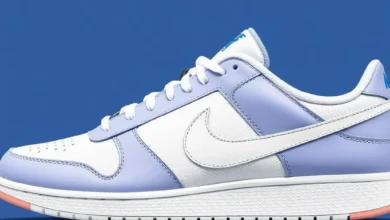Inside Starbucks’ ‘Coffeehouse of the Future’: Redesigning for a New Era
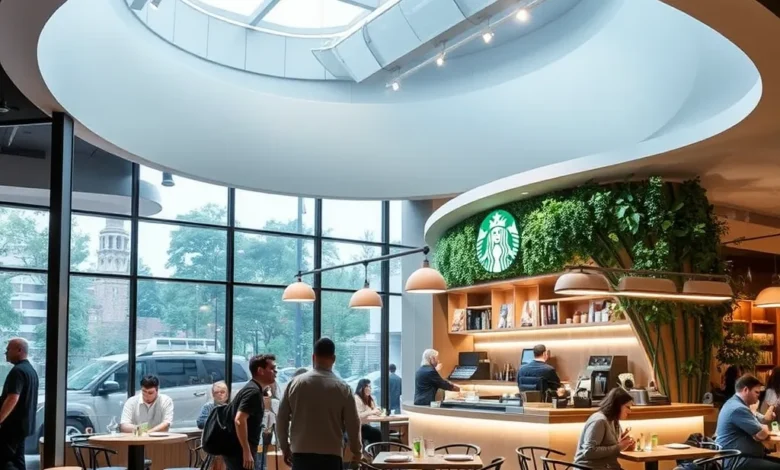
Starbucks, the world’s most recognizable coffee chain, is embarking on a bold transformation to reclaim its reputation as the quintessential “third place”—a welcoming space that’s neither home nor work but a destination for connection, relaxation, and community. After years of focusing on speed and convenience, the company is now reimagining its stores to bring back the cozy, inviting atmosphere that made it a cultural icon. This new vision, dubbed the “coffeehouse of the future,” is both a nod to Starbucks’ roots and a strategic response to changing consumer expectations and competitive pressures.
A Shift Back to Comfort and Connection
Over the past several years, Starbucks made a series of changes that prioritized mobile orders and takeout, removing tens of thousands of comfortable seats, restricting access to power outlets, and turning many locations into fast-moving pick-up counters. While these moves catered to the on-the-go customer, they inadvertently alienated those who cherished Starbucks as a place to linger, work, or meet friends. As a result, the company saw a steady decline in sales at existing stores, with five consecutive quarters of negative growth, and growing competition from independent coffee shops and new chains offering a more intimate café experience.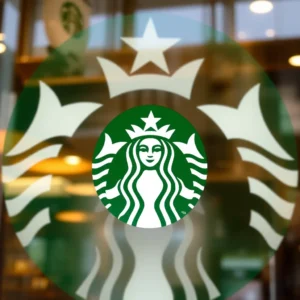
Recognizing the need for change, Starbucks’ leadership, including new CEO Brian Niccol, has launched a sweeping initiative to restore the brand’s original charm. The plan includes renovating 1,000 stores over the next three years, starting with high-profile locations in the Hamptons and New York City. The goal is to create spaces that invite customers to stay, socialize, and savor their coffee, rather than simply grab and go.
Designing the Coffeehouse of the Future
The new Starbucks design philosophy is centered on warmth, comfort, and flexibility. Stores are being outfitted with a mix of plush armchairs, cozy booths, high-top tables, and ample power outlets to accommodate everyone from remote workers to casual readers. The aesthetic is minimalist yet inviting, with earthy wood tones, deep green walls, soft lighting, and decorative touches like plants and bowls of coffee beans. The espresso bar has been opened up to create a sense of theater, while menu boards have gone digital for a modern touch.
Customers are already responding positively to these changes. At the newly redesigned Bridgehampton store, patrons can be found chatting in comfortable chairs, working on laptops, or simply enjoying a quiet moment with a cup of coffee. The atmosphere feels more like a boutique hotel lobby or a local hangout than a fast-food counter.
A Return to Simplicity and Craft
Alongside its physical redesign, Starbucks is simplifying its menu and returning to handcrafted beverages. The company has discontinued less popular offerings, such as the Oleato line and iced energy drinks, and introduced classic espresso drinks like the cortado. This back-to-basics approach is intended to highlight Starbucks’ core product—quality coffee—while reducing operational complexity for baristas and improving service speed for customers.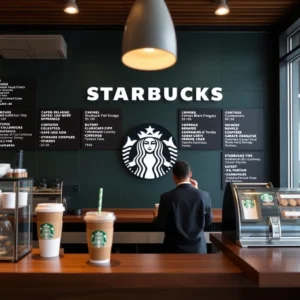
Self-serve condiment bars and ceramic mugs are making a comeback, restoring some of the interactive and sustainable elements that were lost during the pandemic. These changes are designed to foster a sense of community and encourage customers to personalize their experience.
Balancing Digital Convenience with In-Store Experience
While the emphasis is on comfort and connection, Starbucks isn’t abandoning the digital innovations that have driven much of its recent growth. Mobile ordering, digital payment, and dedicated pick-up shelves remain integral to the store design, but are now separated from the main café area to minimize disruption and maintain a welcoming atmosphere for those who wish to stay. This dual approach allows Starbucks to serve both the commuter in a hurry and the customer seeking a place to unwind.
Facing the Competitive Landscape
Starbucks’ redesign comes at a time when the coffee market is more crowded than ever. Independent cafés, boutique chains like Blue Bottle and Blank Street, and drive-thru specialists such as Dutch Bros are all vying for a share of the market. Meanwhile, rising prices and changing consumer habits have put pressure on Starbucks to justify its premium positioning.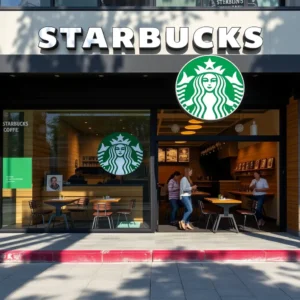
By investing in store experience and returning to its roots, Starbucks hopes to differentiate itself from competitors and win back customers who have drifted to other options. The company’s leadership acknowledges that the road ahead won’t be easy, but believes that creating spaces where people genuinely want to spend time is key to long-term success.
Looking Ahead: The Third Place Reimagined
Starbucks’ “coffeehouse of the future” is more than just a facelift—it’s a strategic reset aimed at balancing tradition with innovation. By prioritizing comfort, community, and craftsmanship, the company is betting that customers will once again see Starbucks as their preferred third place. Whether this ambitious redesign will reverse the company’s sales slump remains to be seen, but it’s clear that Starbucks is determined to adapt and thrive in a new era of coffee culture.



